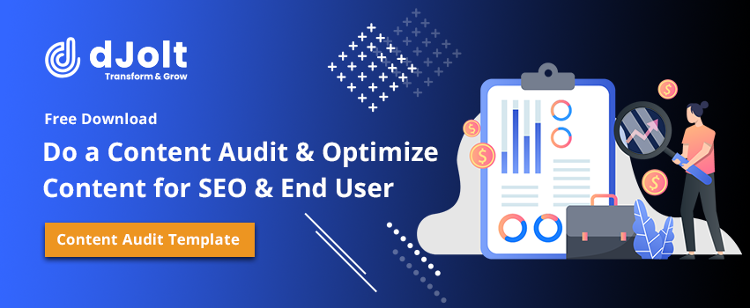Importance of content in the ever growing digital world
Digitalization has drastically changed the way we consume and experience the content. With over two billion internet users, the ocean of opportunities for content creators is endless. Written content brings SEO ranking and traffic. Visual content makes things more appealing. Interactive content promotes socialization, and Live content allows a two-way conversation with the audience. Every day millions of videos, blogs, vlogs, etc. are published online. Higher the volume of content, the shorter the attention span. That is why content needs to be the core of every digital transformation strategy; to make an impression that stands out.
The scope and types of content that one can leverage to ace in the market is unlimited. Today, we will discuss the different types of content and their benefits in relation to digitalization:
Most used types of content:
- Blogs
- Whitepapers
- Brochures
- Research Reports
- Press Releases
- Social Media
- Images
- Videos
- Infographics
- Live Telecasts
- Webinars
- Vlogs
Written Content:
Written content is one of the conventional methods for connecting with the audience. The scope of the written content is irreplaceable. It helps an association rank on search engines, share knowledge, attract visitors, convert visitors into leads, and foster an online community. It's critical for web pages, product descriptions, creating brand awareness, connecting with prospects, and lots more. It encompasses a broad spectrum of content formats, such as academic content, business content, technical content, etc. This is not it. Different types of written content offer their own sets of benefits. Some of the most trending written contents are:
1. Blogs:
A blog is a regularly updated website where fresh content is published, usually addressed in an informal or conversational style, often attracts readers, and achieves some goal, whether community-building or expanding a venture. It may comprise a sequence of content related to a particular subject, step by step guides, tutorials, experiences, etc.
2. Whitepapers:
Whitepapers are long form content intended to educate prospects and customers. These guides help company position as a thought leader and solve prospect's problems by providing deep insights on a particular topic.
3. Brochures:
A brochure is a advertising document used to introduce organization, promote products or services and inform potential customers about the product or service's benefits.
4. Research Reports:
Research reports are informational documents presented by researchers after conducting a formal research and analysis of information gathered from the research. Research reports help companies get a holistic view of the market and communicate with potential customers in a better way.
5. Press Releases:
Press releases are news brief that companies issue to report information about its events, product launch, partnerships and more. Pres releases help companies increase your online visibility, attract customers, boost your business with press releases.
6. Social Media:
Social media is a world of its own. Facebook, Twitter, Instagram, etc. are the platforms that people actively use for their interests. Social media content covers headlines for an article, captions for videos, content for campaigns, etc. It needs to be precise, short and grab attention instantly.
Visual Content:
Visual content refers to the use of images, infographics, videos, gifs, etc. to communicate the message. Visually enhanced content draws more traffic, makes better impressions, and creates better affinity. It's innovative, creative, and the future of the content.
7. Images:
Images or photos make the content appealing and informative. Images can be used to magnify the written content, or sometimes only images can be used to convey the messages without using words. It includes vectors, illustrations, photos, etc.
8. Videos:
Videos are taking over the digital world today. It covers a vast horizon of formats and purposes. With the digital revolution taking place, marketers prefer using video content to make their presence more impactful.
9. Infographics:
Infographics play a crucial role when it comes to presenting data, figures, and facts. A simple infographic shows a lot of data in just one image and makes it much easier to surmise it. It includes charts, graphs, etc.
10. Webinars:
Online webinars are becoming popular day by day. With the advancement of online platforms that facilitate online virtual meetings, marketers can connect with the audience in a much more engaging and informal way.
11. Live Telecasts:
Most of the social platforms offer this feature where you can live and interact with the followers. This facilitates creating different content having different purposes, such as sharing views, creating bonds, etc.
12. Vlogs:
Vlogs are like blogs but in a video format. Vlogs are an entertaining way to keep the audience engaged by giving them a sneak peek in one's day to day life. This type of content demands consistency and frequent updates.


